Home>Storage & Organization>Kitchen Organizing Tools>How To Make Your Litter Box Not Smell
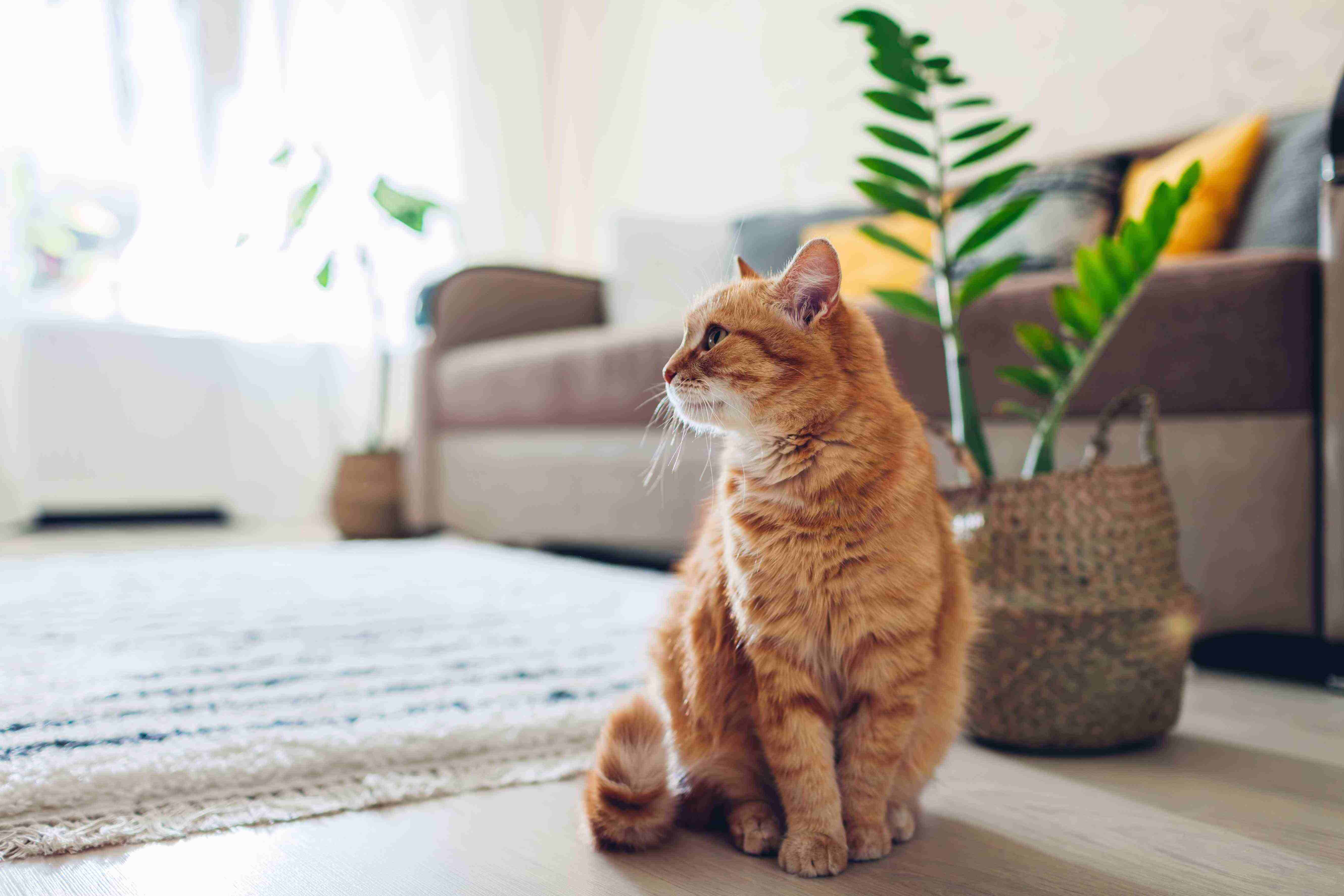

Kitchen Organizing Tools
How To Make Your Litter Box Not Smell
Modified: March 2, 2024
Discover effective kitchen organizing tools to keep your litter box odor-free. Say goodbye to unpleasant smells with these helpful solutions.
(Many of the links in this article redirect to a specific reviewed product. Your purchase of these products through affiliate links helps to generate commission for Storables.com, at no extra cost. Learn more)
Introduction
Dealing with a smelly litter box can be a challenging and unpleasant experience for any pet owner. The pungent odor can quickly permeate your living space, causing discomfort and embarrassment. However, there are effective strategies to combat this issue and ensure that your home remains fresh and welcoming. By implementing the right techniques and products, you can significantly reduce or eliminate the unpleasant odors associated with your cat's litter box.
A clean and odor-free litter box is not only beneficial for your own comfort but also essential for your cat's well-being. Cats are known for their fastidious nature, and a foul-smelling litter box can deter them from using it, leading to potential accidents around the house. Therefore, maintaining a fresh and hygienic litter box is crucial for both you and your feline companion.
In this comprehensive guide, we will explore various methods to keep your litter box from emitting unpleasant odors. From selecting the right type of litter to implementing regular cleaning routines and utilizing odor-neutralizing products, we will cover everything you need to know to ensure a fresh and inviting environment for both you and your cat. By following these practical tips, you can effectively manage and minimize litter box odors, creating a more pleasant living space for everyone in your household.
Now, let's delve into the specific strategies and products that can help you conquer the challenge of a smelly litter box and maintain a clean, odor-free environment for you and your beloved feline friend.
Key Takeaways:
- Choose the right litter: Opt for clumping litter with odor control, low dust, and unscented options. Consider your cat’s preferences and environmental impact for a fresh-smelling litter box.
- Regular cleaning and natural odor absorbers: Scoop daily, replace litter every 2-4 weeks, and use baking soda or activated charcoal for effective odor control. Good ventilation and trying different odor control products can also help maintain a fresh and inviting environment.
Read more: How To Make Litter Boxes Not Smell
Choosing the Right Litter
Selecting the appropriate litter for your cat's litter box is a crucial first step in combating unpleasant odors. With a wide array of options available, it's essential to consider the specific needs of both you and your feline companion. Here are some key factors to keep in mind when choosing the right litter:
1. Clumping vs. Non-Clumping Litter
- Clumping Litter: This type of litter forms solid clumps when it comes into contact with moisture, making it easier to scoop out soiled areas and maintain a cleaner litter box. The clumps also help to contain odors more effectively, contributing to a fresher environment.
- Non-Clumping Litter: While non-clumping litter may be less effective at controlling odors and requires more frequent complete changes, it can be a suitable option for cats with sensitivities to clumping litter or for multi-cat households.
2. Odor Control Formulas
- Many litters are specifically formulated to combat odors, utilizing ingredients such as activated charcoal or baking soda to neutralize unpleasant smells. Opting for a litter with built-in odor control properties can significantly contribute to a fresher-smelling litter box.
3. Dust Levels
- Some litters produce more dust than others, which can be a concern for both you and your cat. Low-dust or dust-free litters are available and can help minimize respiratory irritation for both humans and felines.
Read more: How To Make A Rabbit Litter Box Not Smell
4. Scented vs. Unscented
- While scented litters may initially mask odors with pleasant fragrances, they can be overwhelming for some cats and may not effectively address underlying odors. Unscented litters are often preferred, especially for cats with sensitive noses.
5. Environmental Impact
- Consider eco-friendly options such as biodegradable or natural litters, which not only benefit the environment but also offer effective odor control.
By carefully considering these factors and experimenting with different types of litter, you can identify the most suitable option for your cat's litter box. Keep in mind that cats have individual preferences, so observing your cat's behavior and reactions to different litters can help you make an informed decision. Ultimately, choosing the right litter is a fundamental step in creating a fresh and inviting environment for both you and your feline companion.
Cleaning the Litter Box Regularly
Consistent and thorough cleaning of the litter box is essential for maintaining a fresh and hygienic environment for both you and your cat. A neglected litter box not only contributes to unpleasant odors but also poses potential health risks for your feline companion. By establishing a regular cleaning routine, you can effectively manage odors and ensure a clean, inviting space for your cat to fulfill their natural instincts.
1. Scoop Daily
Scooping the litter box on a daily basis is a fundamental aspect of odor control and hygiene. By promptly removing solid waste and clumps, you prevent the accumulation of odor-causing bacteria and maintain a cleaner litter box. This simple yet crucial task significantly contributes to a fresher-smelling environment and minimizes the need for more frequent complete litter changes.
Read more: How To Avoid Litter Box Smell
2. Complete Litter Replacement
In addition to daily scooping, periodic complete litter replacement is necessary to prevent the buildup of odors and bacteria. The frequency of complete changes depends on the type of litter used and the number of cats using the litter box. Generally, it is recommended to completely replace the litter and clean the litter box with mild soap and water every 2-4 weeks. This thorough cleaning helps eliminate lingering odors and ensures a fresh start for your cat's bathroom area.
3. Use Mild Cleaning Agents
When performing a complete litter box cleaning, opt for mild, unscented soap or detergent to avoid leaving residual fragrances that may deter your cat from using the litter box. Harsh chemicals and strong scents can be off-putting to cats and may disrupt their litter box habits. Thoroughly rinse and dry the litter box before adding fresh litter to maintain a welcoming and odor-free environment.
4. Consider Multiple Litter Boxes
For multi-cat households, providing multiple litter boxes can help distribute bathroom usage and prevent overcrowding, which can lead to more rapid odor accumulation. Each litter box should be regularly cleaned and maintained to accommodate the needs of all resident cats, contributing to a cleaner and more harmonious living space.
By incorporating these cleaning practices into your routine, you can effectively manage litter box odors and create a comfortable and hygienic environment for your cat. Consistent maintenance and attention to cleanliness are key factors in ensuring that your cat's litter box remains a fresh and inviting space, promoting both your cat's well-being and your household's overall comfort.
Using Baking Soda or Activated Charcoal
In the battle against litter box odors, utilizing natural odor-absorbing agents such as baking soda and activated charcoal can be remarkably effective. These simple yet powerful substances offer a non-toxic and affordable means of neutralizing unpleasant smells, contributing to a fresher and more inviting environment for both you and your feline companion.
Read more: How To Make Your Cat Pee In The Litter Box
Baking Soda: A Time-Tested Odor Neutralizer
Baking soda, also known as sodium bicarbonate, has long been revered for its remarkable odor-absorbing properties. When sprinkled into the litter box or mixed with the litter itself, baking soda works to neutralize odors by effectively absorbing and eliminating moisture and the accompanying smells. Its gentle and non-abrasive nature makes it safe for both cats and humans, providing a natural and accessible solution for combating litter box odors.
To effectively utilize baking soda for odor control, simply sprinkle a thin layer over the litter after cleaning and refilling the box. This allows the baking soda to actively absorb odors as they develop, helping to maintain a fresh and pleasant environment between regular cleanings. Additionally, mixing a small amount of baking soda directly into the litter can provide continuous odor control, ensuring that unpleasant smells are effectively neutralized.
Activated Charcoal: Nature's Odor Filter
Activated charcoal, derived from natural sources such as coconut shells or wood, is renowned for its exceptional ability to absorb and trap odors. Unlike regular charcoal, activated charcoal undergoes a special activation process that increases its surface area, allowing it to effectively capture and neutralize a wide range of odorous compounds. This makes it an ideal choice for combating litter box odors and maintaining a clean and fresh-smelling environment.
To harness the odor-neutralizing power of activated charcoal, consider placing small sachets or pouches filled with activated charcoal near the litter box. These pouches can be easily obtained or crafted using breathable materials, allowing the activated charcoal to absorb and contain odors without directly coming into contact with the litter. Additionally, some litter products incorporate activated charcoal directly into their formulations, providing continuous odor control with each use.
By incorporating baking soda or activated charcoal into your litter box maintenance routine, you can effectively minimize and manage unpleasant odors, creating a more pleasant environment for both you and your cat. These natural and accessible odor-neutralizing agents offer a simple yet powerful means of combating litter box odors, contributing to a cleaner, fresher, and more enjoyable living space for everyone in your household.
Proper Ventilation
Proper ventilation plays a crucial role in managing litter box odors and maintaining a fresh and inviting environment within your home. Adequate airflow helps to minimize the concentration of odors, preventing them from lingering and permeating the surrounding space. By implementing effective ventilation strategies, you can significantly contribute to a more pleasant living environment for both you and your feline companion.
One of the simplest and most effective ways to enhance ventilation around the litter box area is to ensure that it is placed in a well-ventilated space within your home. Avoid positioning the litter box in enclosed or poorly ventilated areas, such as closets or tight corners, as this can contribute to the accumulation of odors. Instead, opt for a location with good air circulation, such as a room with windows or access to fresh air.
In addition to selecting an appropriately ventilated location for the litter box, consider incorporating mechanical ventilation solutions to further enhance airflow. This can be achieved by using fans or air purifiers in the vicinity of the litter box to promote air circulation and reduce the concentration of odors. Air purifiers equipped with HEPA filters are particularly effective in capturing and neutralizing airborne particles, including odorous compounds, contributing to a cleaner and fresher environment.
Furthermore, maintaining overall good ventilation within your home through the use of open windows and proper air circulation can have a positive impact on managing litter box odors. Fresh air helps to dilute and disperse odors, preventing them from becoming concentrated and pervasive. Regularly opening windows and allowing fresh air to circulate throughout your living space can significantly contribute to a more pleasant and odor-free environment.
It's important to note that while ventilation is an essential aspect of odor control, it should be complemented by regular cleaning and maintenance of the litter box. Proper ventilation serves to minimize the buildup of odors, but it is not a substitute for consistent hygiene practices. By combining effective ventilation with meticulous cleaning routines, you can create an environment that is both well-ventilated and free from unpleasant odors, ensuring a comfortable and enjoyable living space for both you and your cat.
Incorporating proper ventilation into your approach to managing litter box odors can yield significant benefits, contributing to a fresher and more inviting home environment. By leveraging natural and mechanical ventilation strategies, you can effectively minimize the impact of litter box odors and create a comfortable living space that promotes the well-being of both you and your feline companion.
Trying Different Odor Control Products
Exploring various odor control products can provide valuable insights into effectively managing and minimizing litter box odors. With a diverse range of products available, each offering unique formulations and approaches to odor control, experimenting with different options can help identify the most suitable solutions for your specific needs.
-
Odor-Neutralizing Sprays and Additives:
Odor-neutralizing sprays and additives are designed to target and eliminate odors at their source, providing a quick and convenient means of refreshing the litter box between cleanings. These products often utilize natural enzymes or odor-neutralizing compounds to break down and neutralize odorous molecules, effectively combating unpleasant smells. By incorporating these sprays or additives into your litter box maintenance routine, you can enjoy enhanced odor control and a consistently fresh-smelling environment. -
Litter Box Deodorizers:
Specifically formulated to address litter box odors, deodorizing products offer a proactive approach to odor management. These products are available in various forms, including granules and powders, and are designed to be mixed directly into the litter. By actively targeting and neutralizing odors, litter box deodorizers contribute to a cleaner and more pleasant environment for both you and your cat. -
Scented Litter:
While unscented litter is often preferred for cats with sensitive noses, some scented litters are formulated to effectively mask and neutralize odors. These litters incorporate pleasant fragrances that help maintain a fresh-smelling litter box. It's important to observe your cat's response to scented litter, as some cats may be sensitive to strong fragrances. -
Air Purifiers with Odor Control Features:
Investing in an air purifier equipped with specialized odor control features can significantly enhance the overall air quality around the litter box area. These purifiers utilize advanced filtration technologies, such as activated carbon filters, to capture and neutralize odorous compounds, contributing to a cleaner and more inviting living space. -
Natural Odor-Absorbing Materials:
Natural materials such as zeolite and diatomaceous earth offer effective odor-absorbing properties and can be placed near the litter box to help contain and neutralize odors. These natural solutions provide a non-toxic and environmentally friendly approach to managing litter box odors, contributing to a healthier and more pleasant home environment.
By exploring and experimenting with different odor control products, you can gain valuable insights into the most effective strategies for managing litter box odors. It's important to observe your cat's reactions to new products and make adjustments based on their comfort and preferences. With a proactive and adaptable approach to odor control, you can create a consistently fresh and inviting environment for both you and your feline companion.
Frequently Asked Questions about How To Make Your Litter Box Not Smell
Was this page helpful?
At Storables.com, we guarantee accurate and reliable information. Our content, validated by Expert Board Contributors, is crafted following stringent Editorial Policies. We're committed to providing you with well-researched, expert-backed insights for all your informational needs.
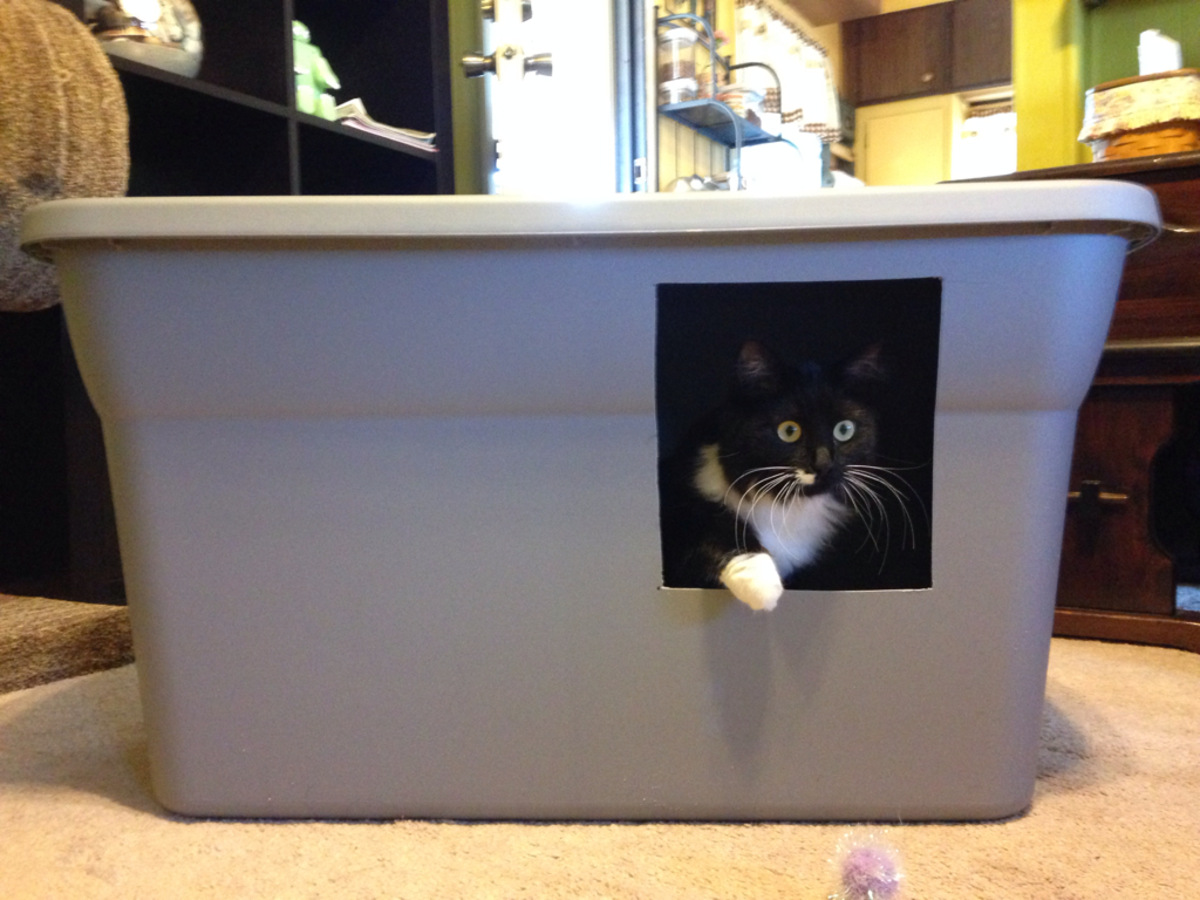
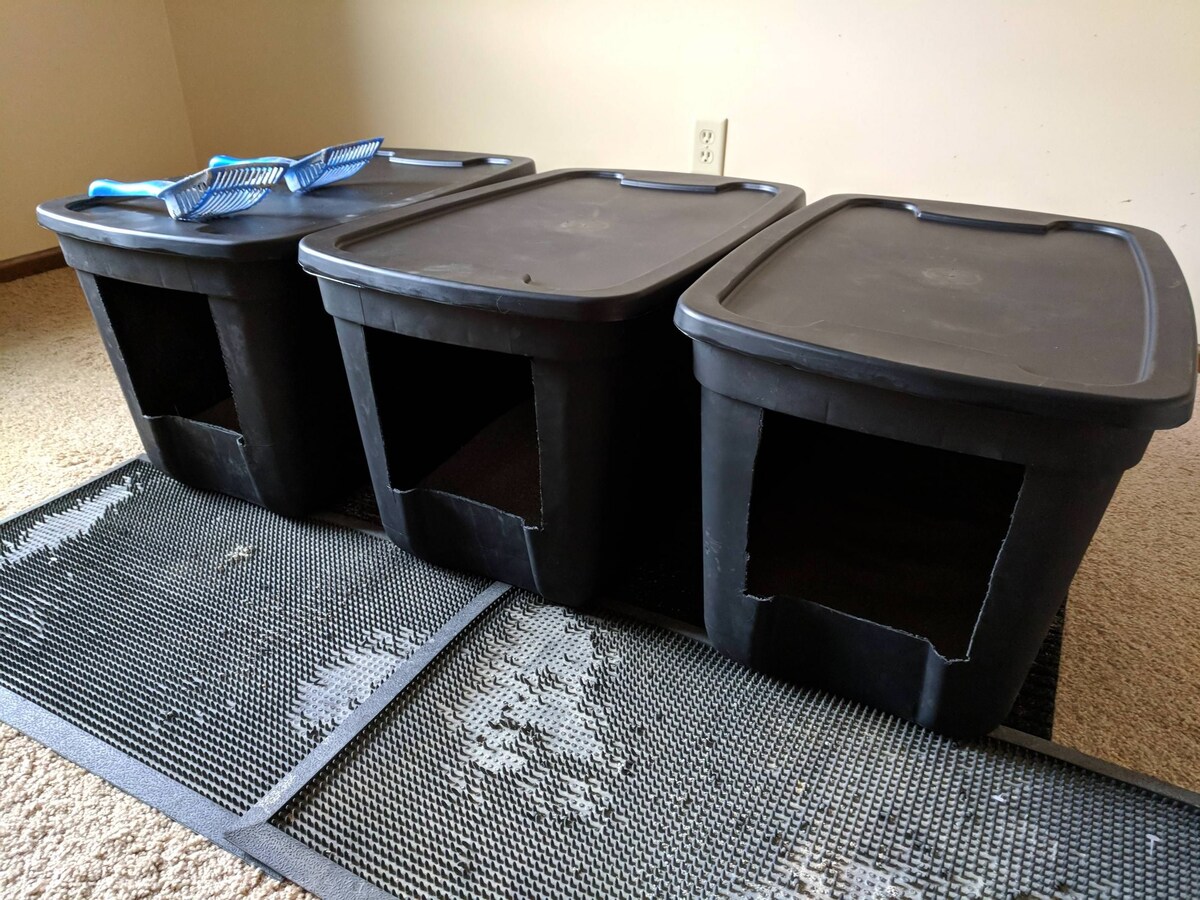
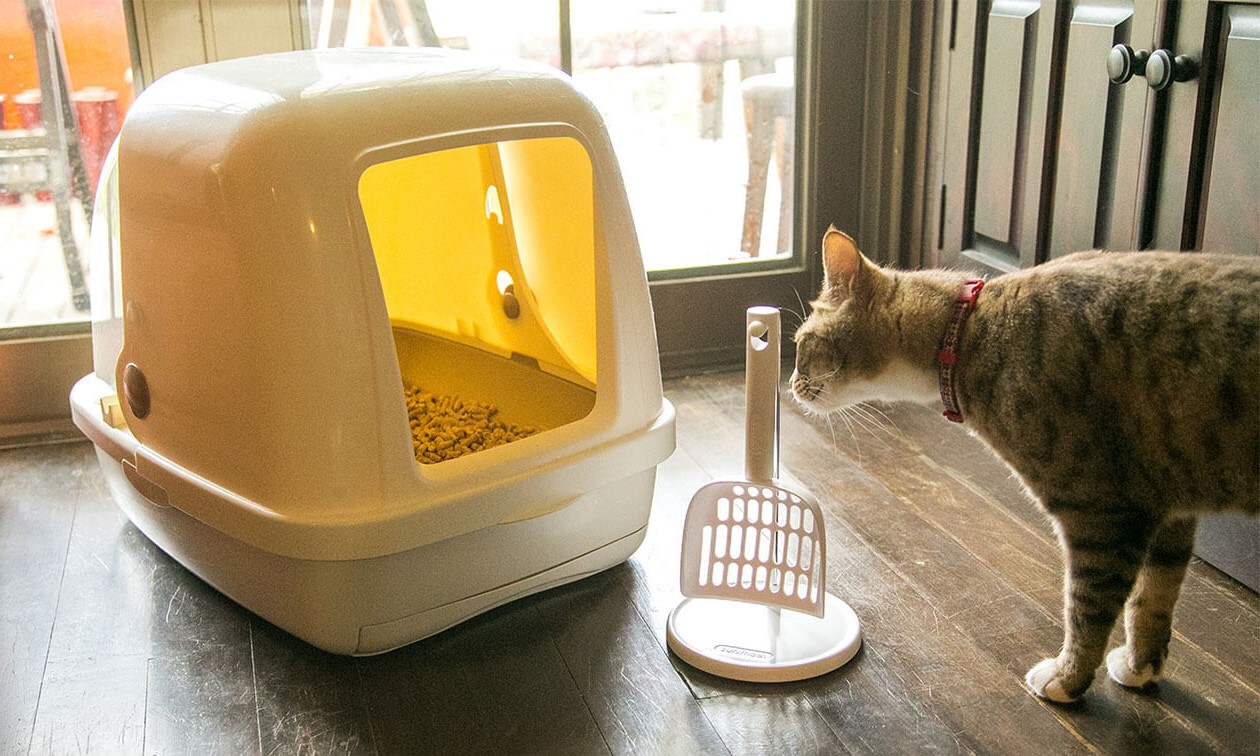
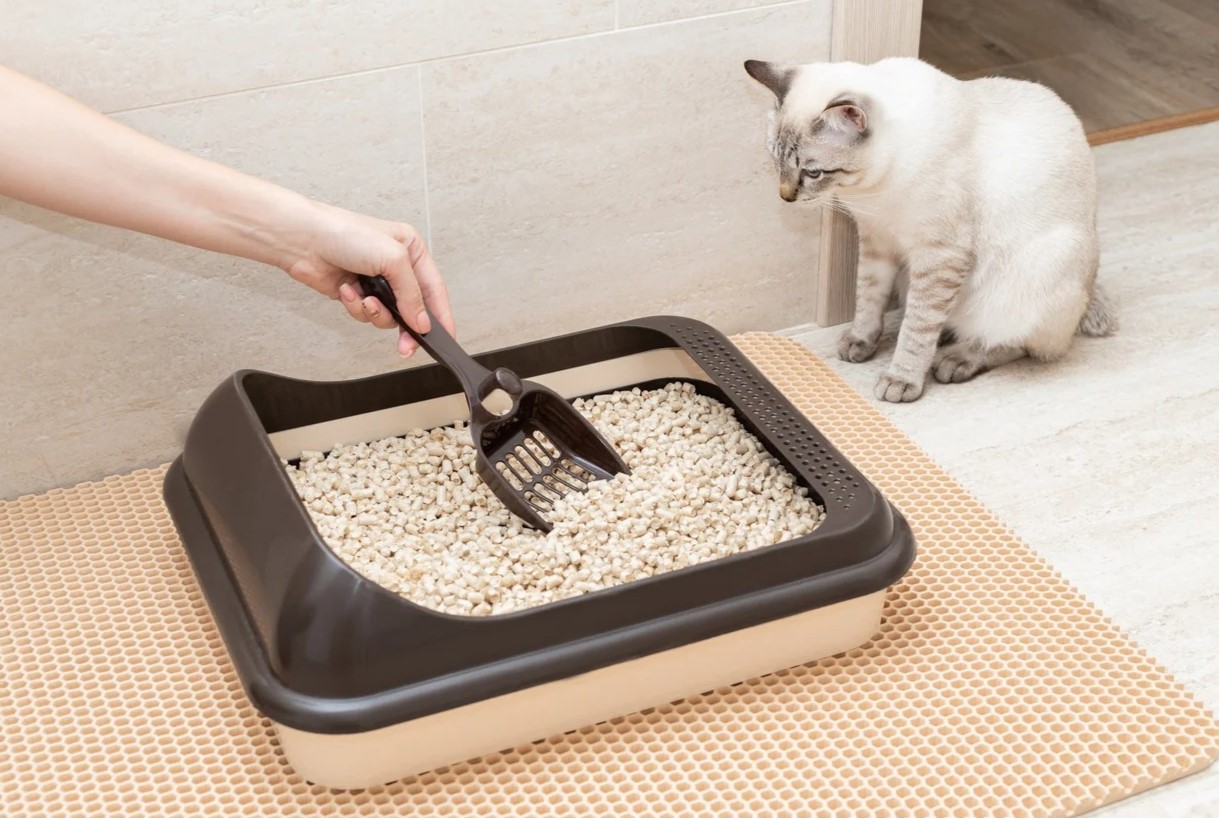


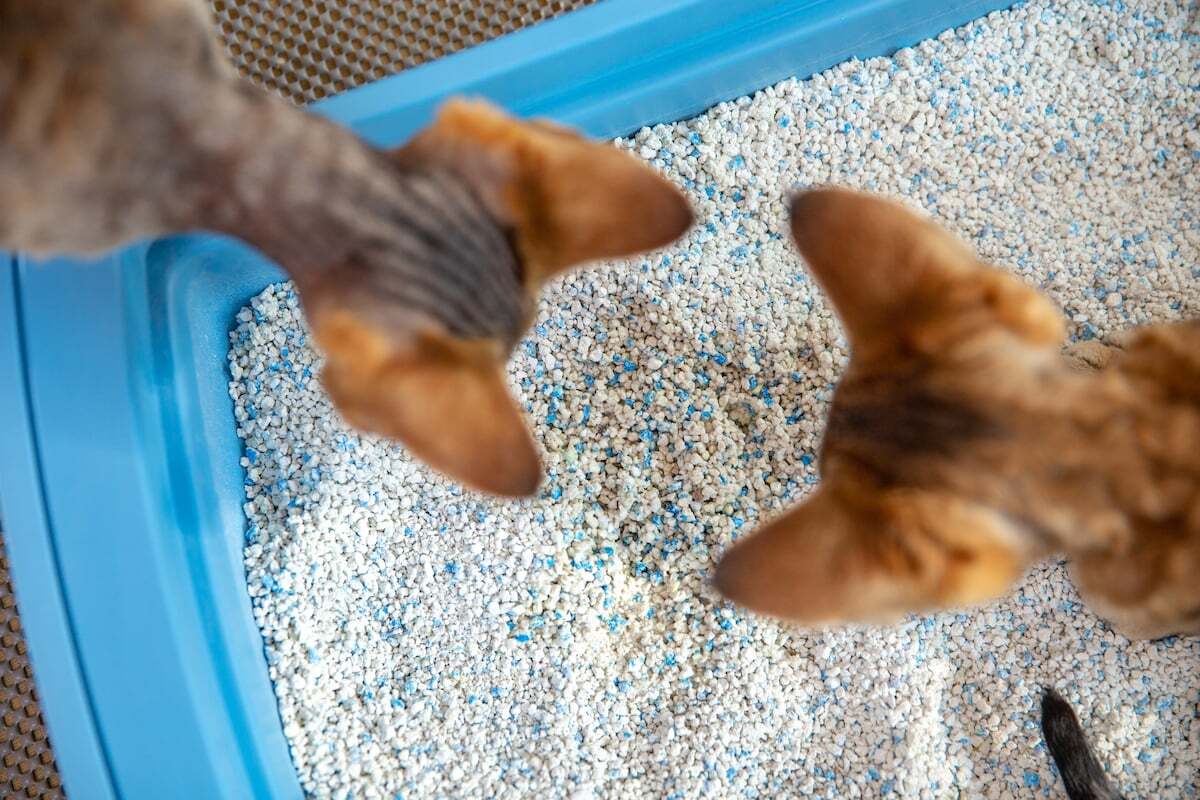
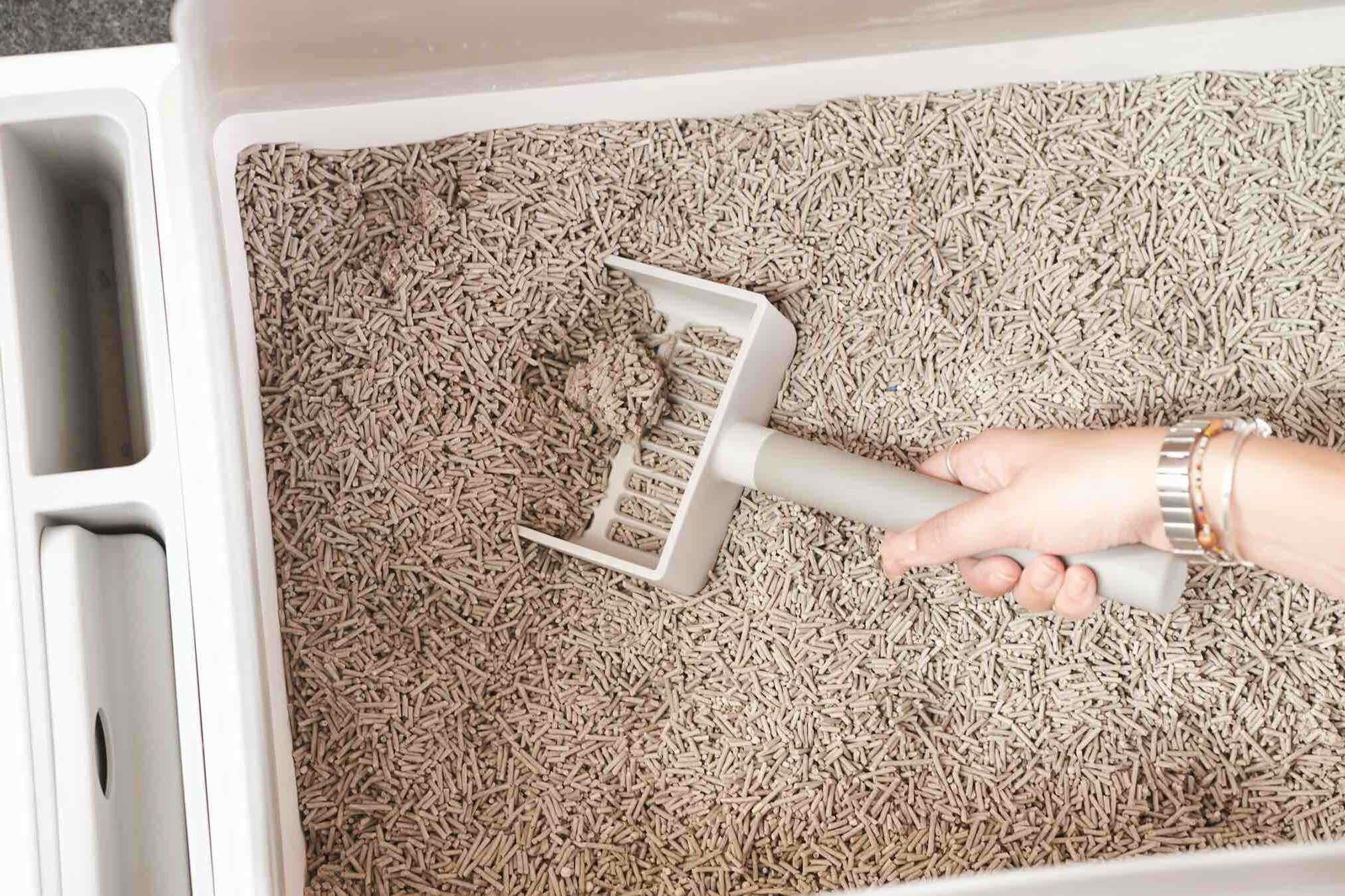
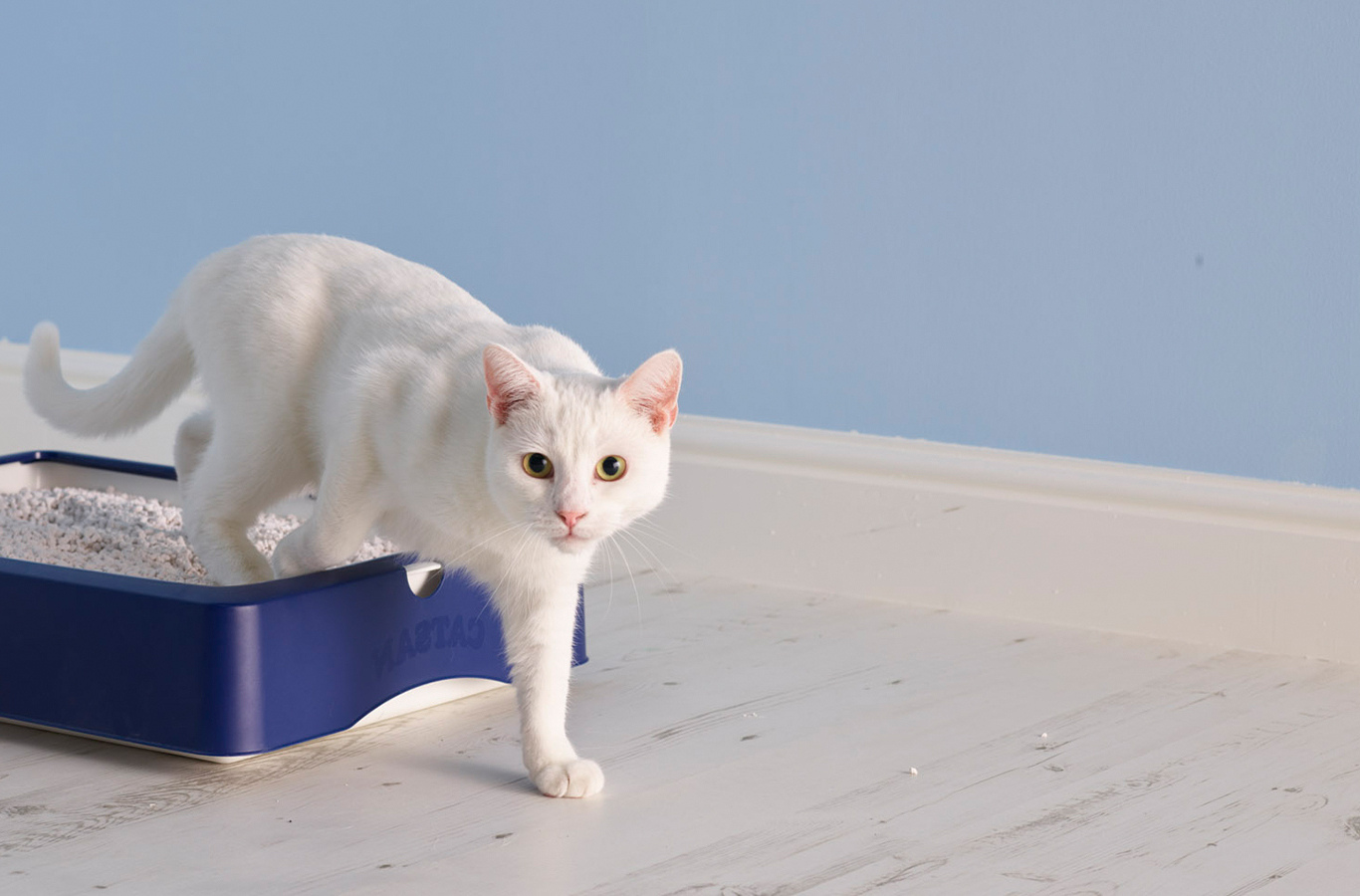

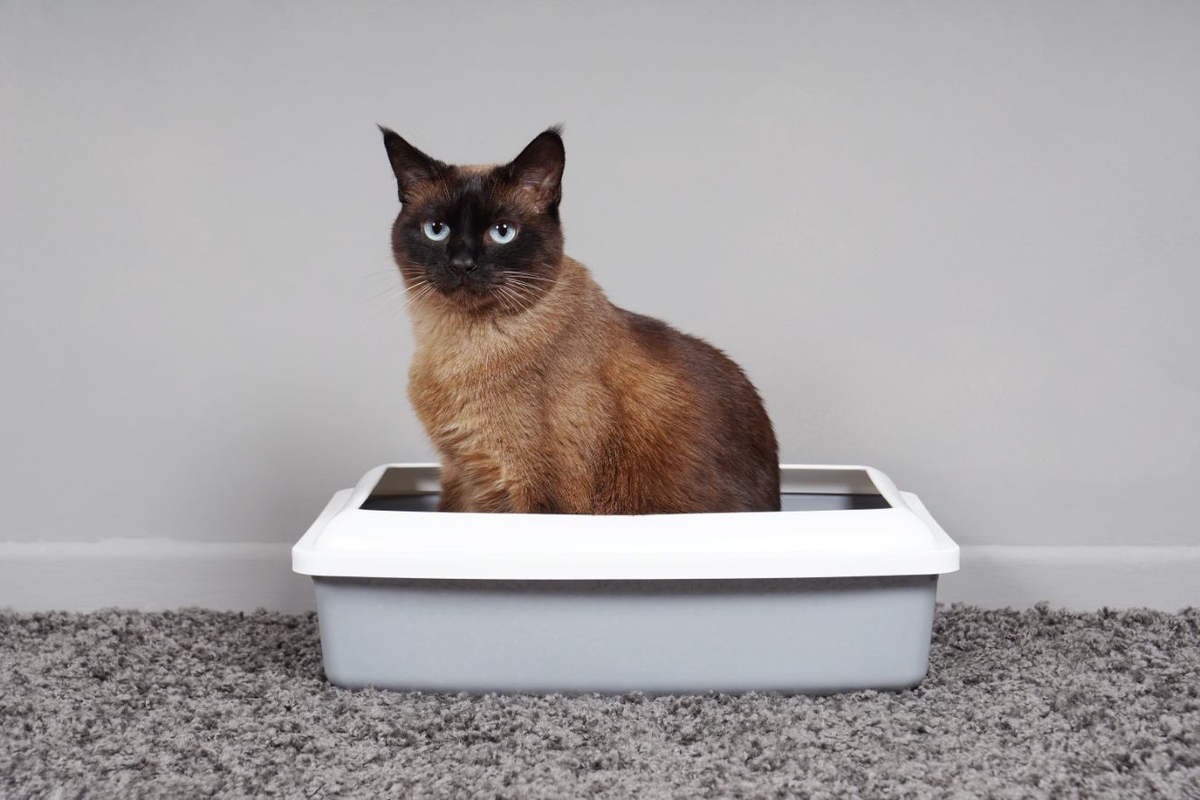
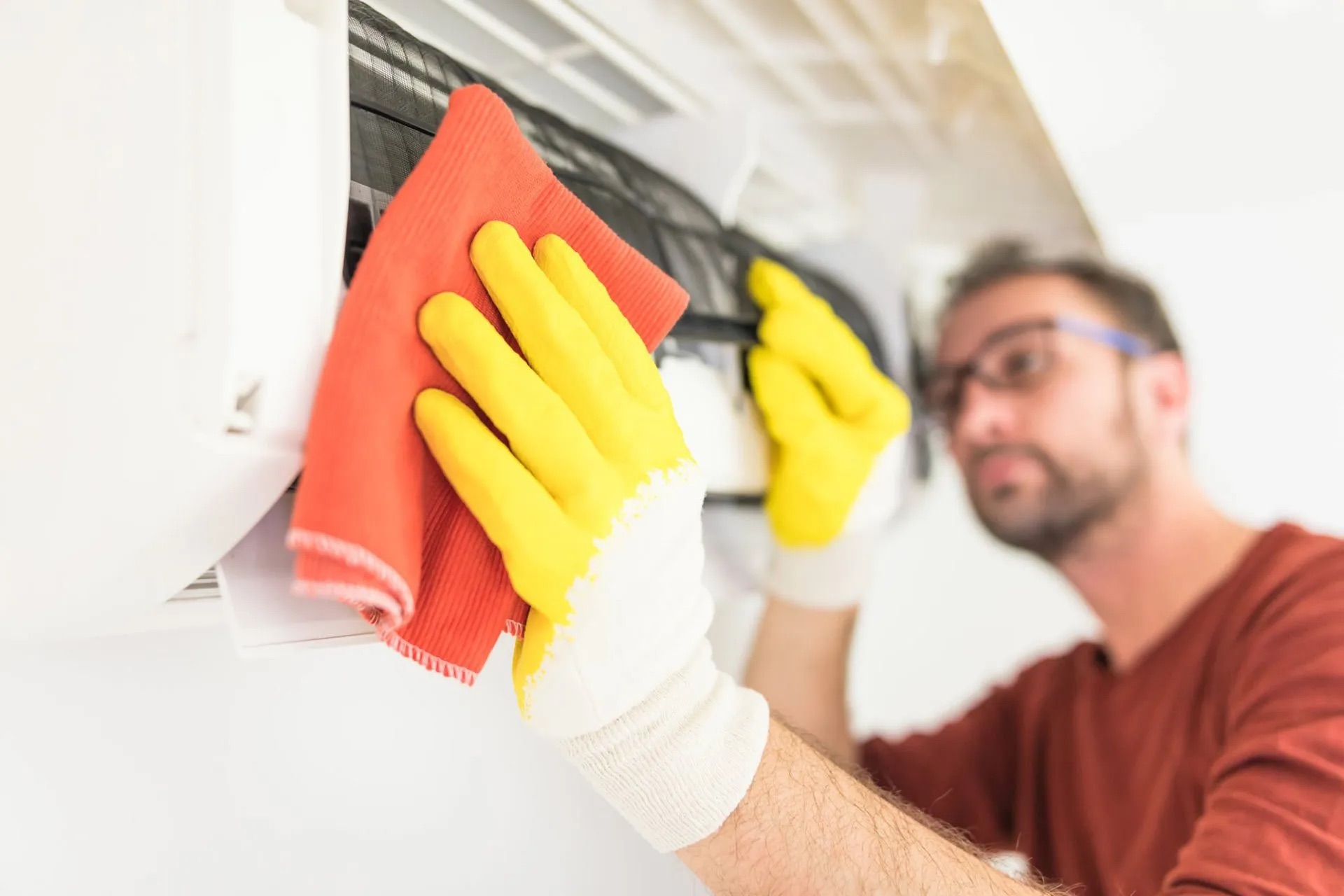

0 thoughts on “How To Make Your Litter Box Not Smell”